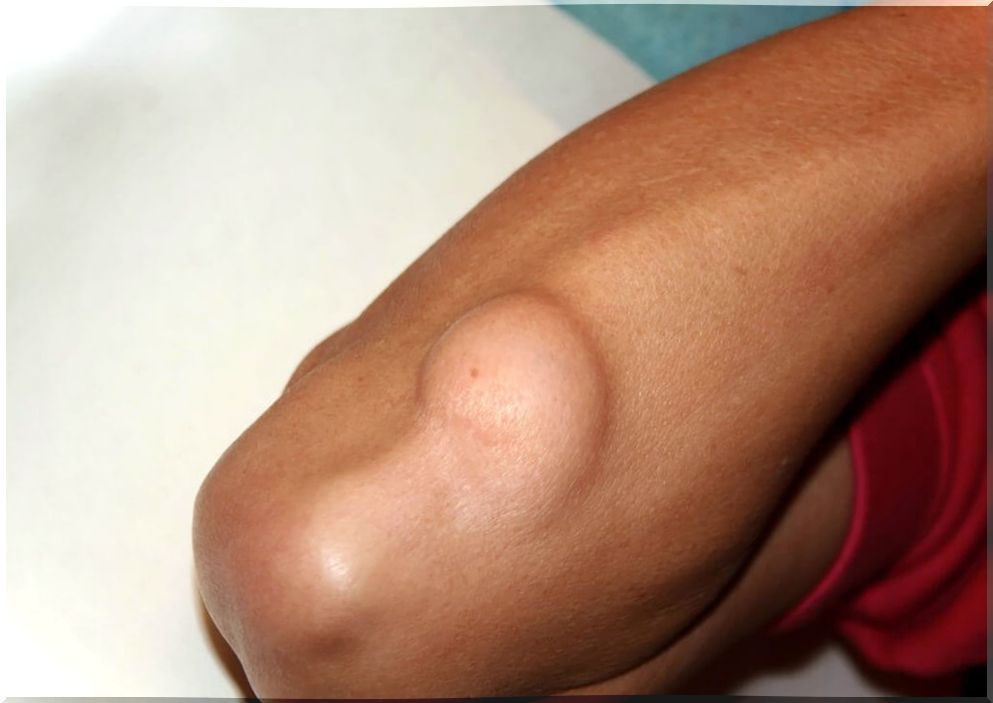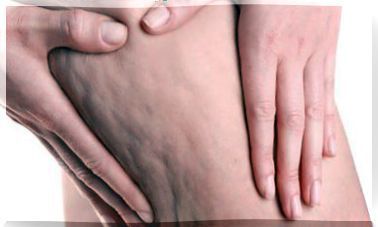Lipoma: Everything You Need To Know
A lipoma is a benign, soft tumor made up of fatty cells from adipose tissue. It is common for it to appear on the neck, shoulders, back and, less frequently, also on the arms, abdomen and thighs.
The characteristics of lipomas are:
- Unlike malignant tumors, which are firm to the touch, lipomas are soft to the touch.
- They can move when pressure is applied.
- Although it is rare in children, anyone can develop them, being more frequent in populations between 40 and 60 years old.
They are generally not painful and are rarely harmful.
Causes of lipoma

The exact causes of lipomas are unknown. However, there are some factors that increase the risk of developing a lipoma:
- Overweight or obese
- Consuming alcohol in excess.
- Family history of lipoma development. However, this factor is only confirmed in the case of developing lipomatosis, that is, the development of multiple lipomas.
- Certain diseases could favor the appearance of lipomas. For example, having liver disease or high blood glucose levels.
- Blows or injuries in the area, as lipomas may appear in places where a blow has been received.
Types of lipomas
We can distinguish two main types of lipomas: simple ones and those associated with lipomatosis.
- If it is an isolated lipoma, it is considered a simple lipoma.
- However, it may be the case of developing a lipoma of the lipomatosis type, that is, developing several lipomas in a certain area or in different parts of the body.
There are different types of lipomas depending on the area of the body where the lipomas are located. Some examples are: neural lipomatosis, pelvic lipomatosis, and encephalocutaneous lipomatosis.
Lipomatosis can lead to painful adiposis, this type is common among overweight women who have gone through menopause.
It can cause chronic fatigue and swelling of the affected area. Another type of lipomatosis is multiple symmetric lipomatosis. Generally, this type of lipomatosis affects middle-aged men who have consumed alcohol for a long time.
Likewise, we can distinguish between cutaneous and deep lipomas:
- The former are found in the superficial soft tissues and are usually located on the neck, shoulders, or back.
- The latter are less frequent and tend to be firmer. These types of lipomas can be found on the feet, hands, or even the gums and tongue.
Lipoma symptoms

Because they are benign and painless, lipomas do not generally need to be removed. In this way, a person can lead a normal life with a lipoma. However, in cases where it becomes painful or causes aesthetic discomfort, it should be eliminated.
The doctor will recommend removing the lipoma depending on a number of factors including: the patient’s family history and medical history in relation to skin cancer, if he has skin tumors, if the lipoma is painful or not, and the size of it.
There are three methods to remove a lipoma:
- Surgery – This is the most common way to remove a lipoma. It consists of a simple and short outpatient operation through which the lipoma is removed.
- Liposuction: it is an intervention in which a small incision is made in which a needle attached to a syringe is inserted. In this way, the adipose tissue of the lipoma is suctioned out.
- Steroid injections: by injecting a corticosteroid into the tissue around the lipoma to reduce its size.
Once a lipoma is removed, it is unlikely to reappear.









